As the Moroccan summer heat fades and autumn arrives, local souks burst with seasonal abundance. Fall brings a spectacular harvest of nutrient-rich fruits and vegetables perfectly suited for traditional tagines, fresh salads, and warming soups. From pomegranates gracing special occasions to squash starring in hearty family meals, autumn’s bounty offers exceptional flavor and remarkable health benefits. Embracing seasonal eating connects us to Morocco’s agricultural rhythms while nourishing our bodies as temperatures shift and days grow shorter.
Pomegranates: Ruby Jewels of Moroccan Autumn
Pomegranates hold a treasured place in Moroccan cuisine, appearing in salads, sauces, and fresh juices sold throughout medinas. These jewel-toned fruits pack powerful antioxidants that combat inflammation and support heart health. Rich in vitamin C and fiber, pomegranates boost immunity just as cold season approaches. Moroccans sprinkle the arils over couscous or use pomegranate molasses in chicken tagines, balancing sweet and savory flavors beautifully.
Figs: Morocco’s Ancient Superfruit
Fresh figs reach their peak in early fall, particularly in regions like Taounate. These delicate fruits offer impressive fiber for digestive health and stable blood sugar, plus calcium and potassium for strong bones. Moroccans enjoy fresh figs with yogurt and honey at breakfast, stuff them with goat cheese for appetizers, or simmer them in lamb tagines for natural sweetness.
Quinces: The Fragrant Forgotten Fruit
Quinces, called “sfarjal” in Arabic, perfume Moroccan homes when cooked into preserves and tagines. While too astringent raw, cooked quinces become tender and aromatic, offering vitamin C, fiber, and unique antioxidants. Traditional preparations include quince tagine with lamb and honey, or quince jam served with bread and cheese, preserves that families prepare to enjoy throughout winter.
Apples: Crisp Harvest from the Atlas
Morocco’s Atlas Mountain regions produce crisp apples throughout fall. Rich in fiber, vitamin C, and various antioxidants, apples support heart health and aid digestion. Beyond fresh eating, Moroccans use apples in tagines with chicken or lamb, bake them into pastries, or simmer them with cinnamon for compotes that accompany bread and cheese.
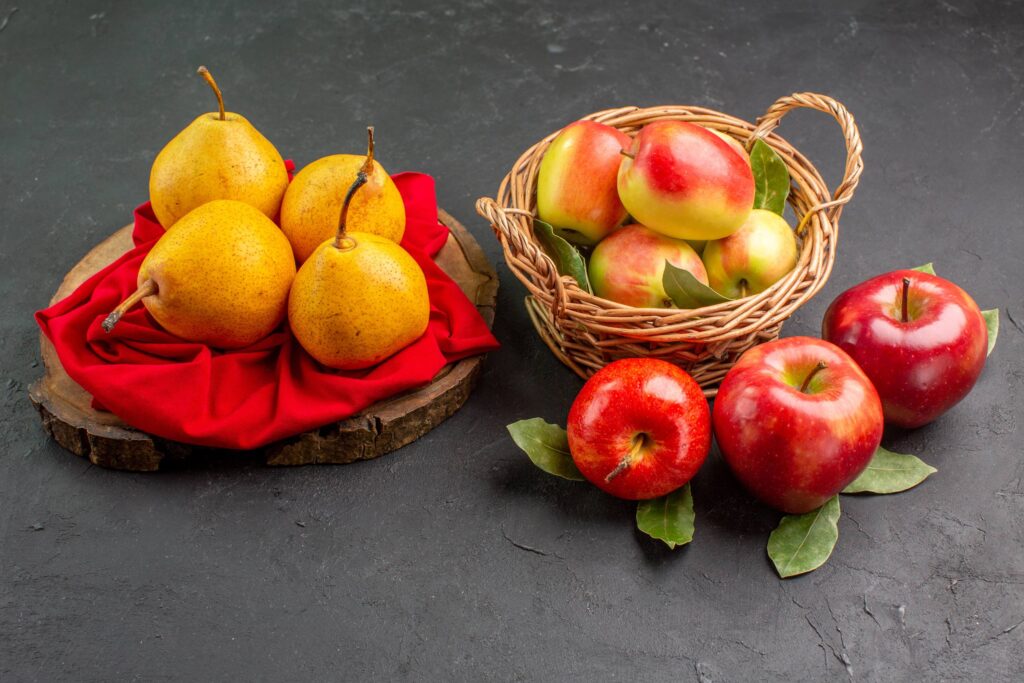
Beets: Earthy Nutrition for Fall Tables
Moroccan beets harvested in autumn offer earthiness that complements bold flavors. These crimson roots are rich in folate, manganese, and potassium, plus betalains with powerful anti-inflammatory properties.
Beets support liver health and improve blood flow. Moroccan preparations include cumin-lemon beet salads, roasted beets with chermoula sauce, and both roots and vitamin-rich greens are used to maximize nutrition.
Carrots: Orange Powerhouses in Every Tagine
Fall carrots from regions like Berkane reach peak sweetness, starring in countless Moroccan dishes. Loaded with beta-carotene for eye health, they also provide vitamin K and potassium. They appear in nearly every tagine, cooked until tender with warming spices.
Traditional carrot salads dressed with cumin, paprika, and olive oil showcase natural sweetness, while fresh carrot juice remains a popular healthy beverage.
Dates: Desert Gold of Autumn Harvest
Fall marks fresh date harvest in Morocco’s southern oases. These natural energy packages contain fiber, potassium, magnesium, and quick-release sugars perfect for breaking fast or fueling activity.
Moroccans stuff dates with almond paste, enjoy them with mint tea, or incorporate them into tagines and couscous for natural sweetness that enhances both savory and sweet preparations.
Grapes: Sweet Clusters of Autumn Abundance
Moroccan vineyards produce abundant grapes in fall, particularly around Meknes and Benslimane. These sweet clusters provide antioxidants, vitamins C and K, and natural energy. Fresh grapes are enjoyed as snacks, added to fruit salads, pressed into juice, or dried into raisins that feature prominently in Moroccan couscous and tagine dishes year-round.
Moroccan Crafts to Boost Creativity and Relaxation
In our fast-paced, digitally connected world, many people search for simple ways to slow down and find calm. Morocco’s rich...
7 Foods Every Moroccan Child Should Eat Daily
In Moroccan households, food is more than just nourishment, it’s a reflection of love, culture, and care. But in today’s...
Personal Branding in Morocco: Why It Matters More Than Ever
In today’s competitive job market and entrepreneurial landscape, personal branding has become more than just a buzzword, it’s a necessity....
Dating in Morocco: Modern Relationships with Traditional Boundaries
Dating in Morocco has always carried a unique balance between modern aspirations and cultural traditions. While globalization and technology have...
Pumpkin: Autumn’s Golden Comfort Food
Moroccan markets overflow with pumpkin varieties essential for traditional dishes. Exceptionally high in beta-carotene for healthy vision and immune function, pumpkin also provides fiber and potassium. In Moroccan kitchens, it appears in sweet tagines with caramelized onions and raisins, roasted with ras el hanout spices, or pureed into warming soups that comfort body and soul during cooler evenings.
Sweet Potatoes: Nutrient-Dense Autumn Staples
Sweet potatoes thrive in Morocco’s fall climate, offering exceptional nutritional value. Packed with vitamins A and C, fiber, and antioxidants, they support immune health and provide sustained energy. Moroccan cooks roast them with olive oil and spices, mash them into side dishes, or incorporate them into vegetable tagines where their natural sweetness balances savory spices.
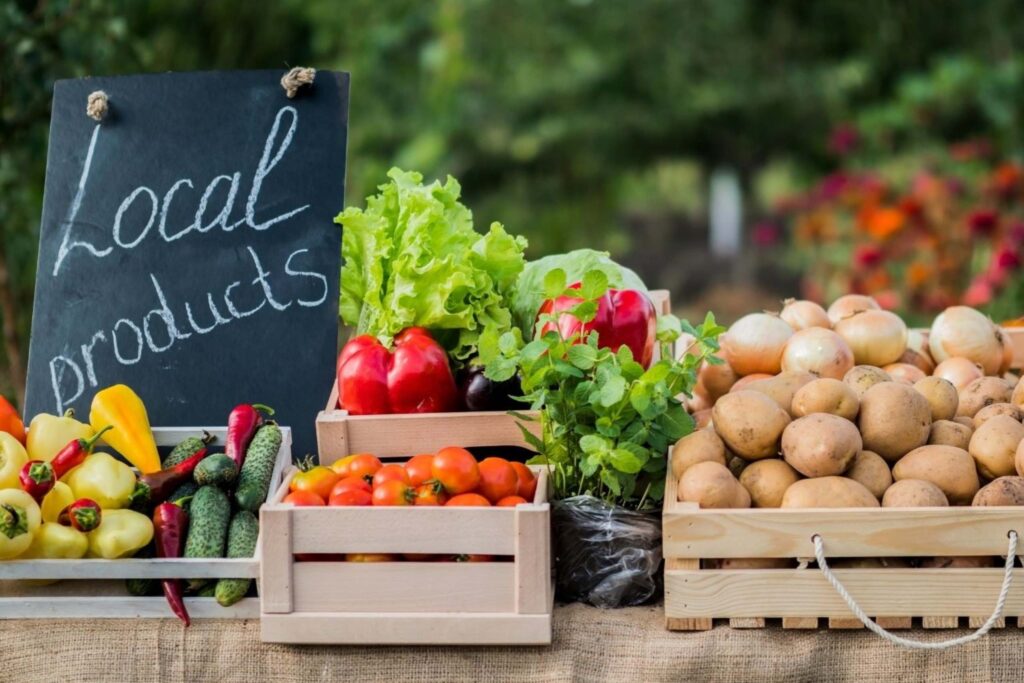
Testimonial: Embracing Seasonal Eating in Marrakech
Salma Bennani a nutritionist based in Marrakech, shares:
” Three years ago, I started shopping exclusively at my neighborhood souk and buying only seasonal produce, fall became my favorite season when I discovered how incredible Moroccan autumn vegetables taste at their peak. The pomegranates are sweeter, the squash more flavorful, and everything costs less because it’s abundant. My family’s health improved fewer colds, better digestion, more energy. My grandmother always said our ancestors ate this way, following the seasons. Now I understand why.”
Turnips: Humble Roots in Traditional Stews
Often overlooked, turnips appear in fall Moroccan stews and couscous preparations. These cruciferous vegetables provide vitamin C, fiber, and compounds that support overall health. Their slightly peppery flavor mellows beautifully with cooking, absorbing the aromatic broths of Moroccan tagines and adding substance to vegetable-rich dishes that warm autumn tables.
Conclusion
Morocco’s fall harvest offers nutrient-dense fruits and vegetables perfectly aligned with our seasonal health needs. From immunity-boosting pomegranates to fiber-rich pumpkin, these twelve autumn stars provide vitamins, minerals, and antioxidants that prepare our bodies for cooler months.
By embracing seasonal eating and shopping at local souks, we honor Moroccan agricultural traditions while nourishing ourselves with produce at its nutritional and flavorful peak. This fall, let Morocco’s abundant harvest guide your table toward health, flavor, and connection to the land.


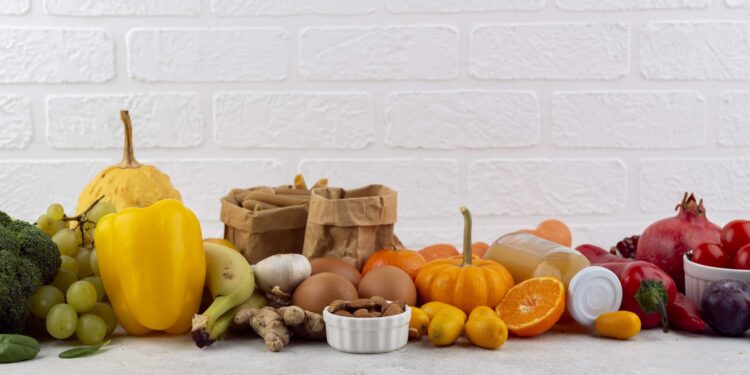






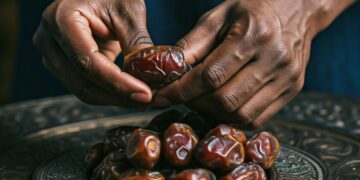
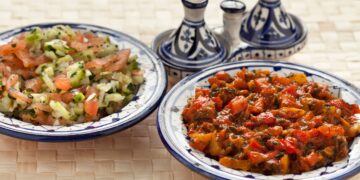
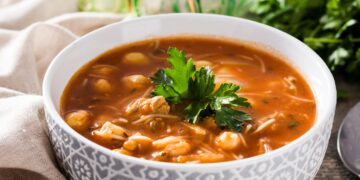



Discussion about this post